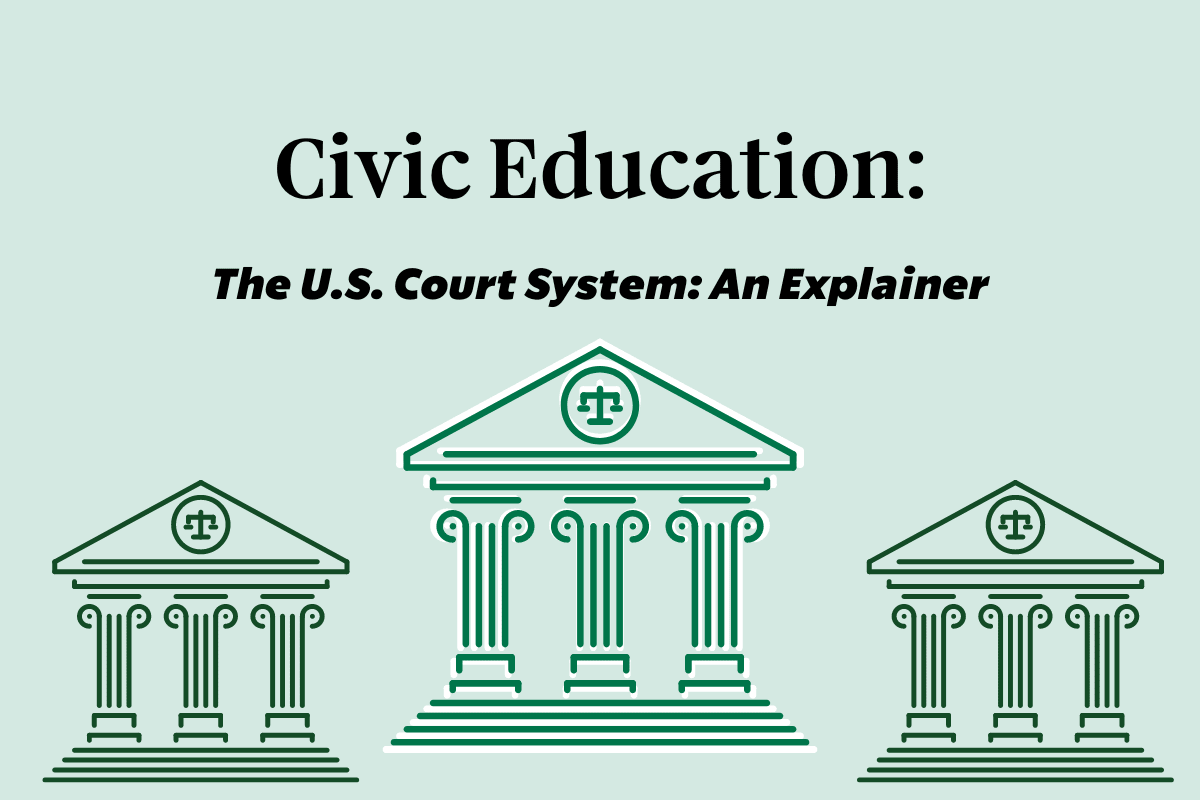
An Explainer: The U.S. Court System
Did you know about the ins and outs of the court system?
The U.S. court system is considered the cornerstone of the country's legal framework, ensuring justice is upheld throughout all disputes. From federal to state, the court system has a complex structure. Each court has its own jurisdiction, functions, and significance to the country.
The court system plays a crucial role in maintaining the integrity and stability of the nation's legal structures by providing avenues for resolution, interpreting laws, and safeguarding individual rights. Understanding each court's role is key to navigating the complexities of the legal system and advocating for one's rights.
In this explainer, we'll break down this important system, shedding light on the significance of each court along the way.
Federal Court System
At the federal level, the court system is under the authority of the U.S. Constitution. It's composed of three main tiers:
- The U.S. Supreme Court: The highest judicial body in the nation, the Supreme Court is responsible for interpreting the Constitution and resolving disputes on federal law. It consists of nine justices appointed for life by the President and confirmed by the Senate. The Supreme Court has the authority to review decisions from lower federal courts and state supreme courts.
- U.S. Court of Appeals: Positioned beneath the Supreme Court, the U.S. Courts of Appeals, also known as circuit courts, are responsible for hearing appeals from lower federal courts. There are 13 circuit courts, each covering a specific geographic region. These courts review decisions made by district courts within their respective circuits.
- U.S. District Courts: U.S. District Courts, considered the foundation of the federal court system, handle both civil and criminal cases. There are 94 district courts across the U.S. and its territories, each serving a designated geographic area, much like appeals courts. These courts are the venues for trials, evidentiary hearings, and initial proceedings in federal cases.
State Court System
In addition to the federal courts, each state maintains its own court system. While structures and terminology may vary between states, most share common elements:
- State Supreme Court: Similar to the U.S. Supreme Court, each state has its own highest judicial authority responsible for interpreting the state constitution and overseeing lower state courts. State supreme courts generally have a discretionary review over cases, meaning they can choose which cases to hear.
- Appellate Courts: Situated below the state supreme court, appellate courts handle appeals from lower trial courts. Their primary function is to review decisions made by trial courts for legal errors or irregularities.
- Trial Courts: Often referred to as superior, district, or circuit courts, trial courts are where most legal disputes are initially heard and resolved. These courts have jurisdiction over a wide range of cases, including civil, criminal, family, and probate matters.
Specialized Courts
- In addition to the general federal and state court systems, there are various specialized courts that focus on specific types of cases. Examples include bankruptcy courts, tax courts, military courts, and juvenile courts. These courts are designed to address specialized legal issues efficiently and effectively.